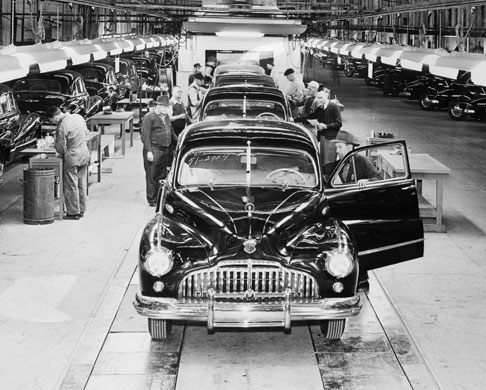 How should firms develop the organizational structure, culture, and incentives (e.g., for teams) to encourage successful innovation?
How should firms develop the organizational structure, culture, and incentives (e.g., for teams) to encourage successful innovation?
When it comes to creating an innovation culture, often people make it far too complicated. If you’re part of the senior leadership team and you’re serious about innovation then your job is simple – reduce friction.
If you’re serious about innovation and you’re not a senior leader, then your job is to do what you can to convince senior leadership that innovation is important. Then, gently help your execs see the areas of greatest friction in your organization so they can do something about it.
When it comes to creating a culture of innovation, the most frequently cited area of friction in organizations is the acquisition of resources for innovation projects (the infamous time and money). Senior leaders serious about innovation must eliminate the friction that makes it difficult for financial and personnel resources to move across the organization to the innovation projects that need them (amongst other things).
But this particular impediment is just a part of a much larger barrier to innovation – the lack of an innovation strategy. When senior leadership commits to innovation and sets a strong and clear innovation strategy then policies and processes get changed and resources move.
A couple of years ago I ran a poll on LinkedIn asking people to identify their organization’s biggest barrier to entry. 566 people responded and 58% of respondents identified either the absence of an innovation strategy or the psychology of the organization as the biggest barrier. ‘Organizational psychology’ came out on top with 32% of the vote, with ‘Absence of an innovation strategy’ a close second (26%). Other choices in the poll included – ‘Organizational structure’, ‘Information sharing’, and ‘Level of trust and respect’.
(poll results timed out on LinkedIn)
A second major area of innovation friction is the movement of information. Too often there is information in disparate parts of our organizations that remains separated and unknown to the people who need it. Organizations that reduce the friction holding back the free flow of relevant information to where it is needed will experience a quantum leap in not only their product or service development opportunities, but in many other parts of their organization including sales, marketing, and operations.
So, what are the areas of friction that are holding your organization back from reaching its full innovation potential?
What are the barriers to innovation that have risen in your organization as you struggle to maintain a healthy balance between your exploration and exploitation opportunities?
I’ve explored the idea of barriers to innovation further in my book Stoking Your Innovation Bonfire from John Wiley & Sons. It’s been called “accessible and comprehensive” and companies have been acquiring it in bulk to both identify and knock down barriers to innovation, but also to build a common language of innovation.
![]() Sign up here to get Human-Centered Change & Innovation Weekly delivered to your inbox every week.
Sign up here to get Human-Centered Change & Innovation Weekly delivered to your inbox every week.



 The clock is ticking on the congressional “supercommittee” – a panel comprised of six Republicans and six Democrats charged with issuing a plan to balance the nation’s budget. The bipartisan gathering has only four days until their deadline to submit such a plan. But how well can they, or anyone, innovate while the clock is ticking?
The clock is ticking on the congressional “supercommittee” – a panel comprised of six Republicans and six Democrats charged with issuing a plan to balance the nation’s budget. The bipartisan gathering has only four days until their deadline to submit such a plan. But how well can they, or anyone, innovate while the clock is ticking?